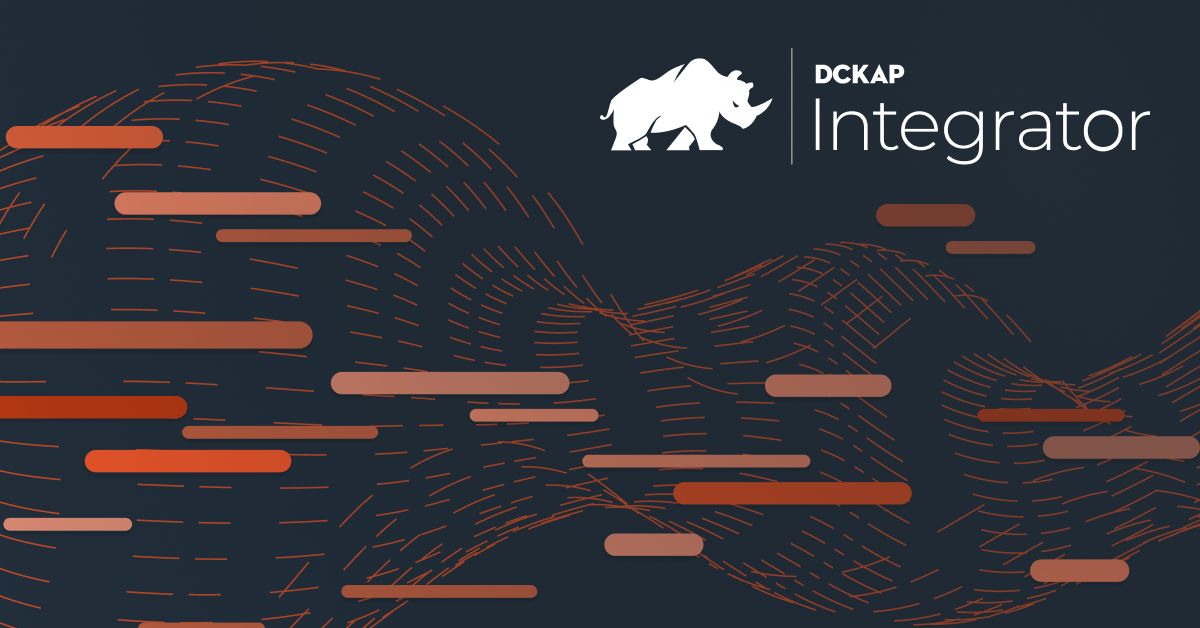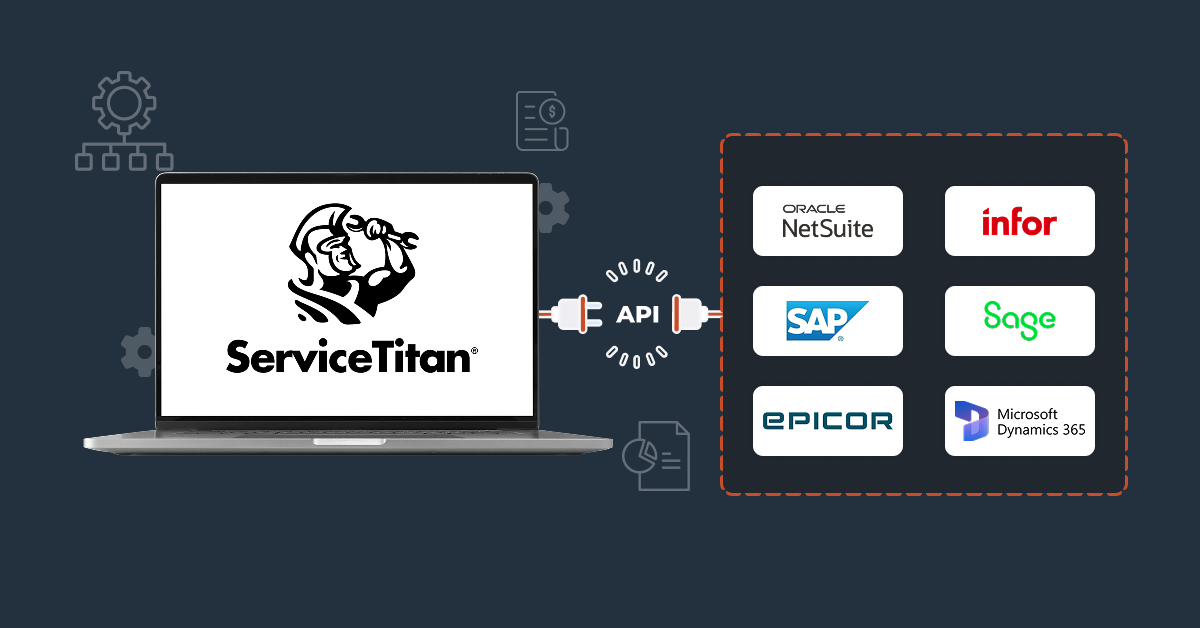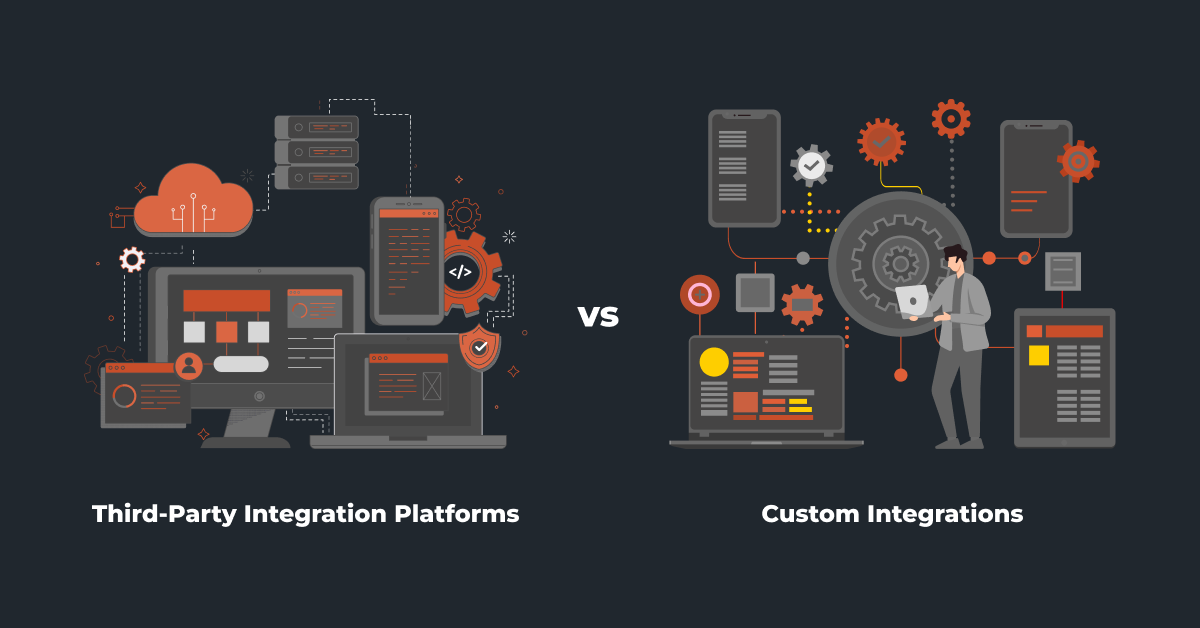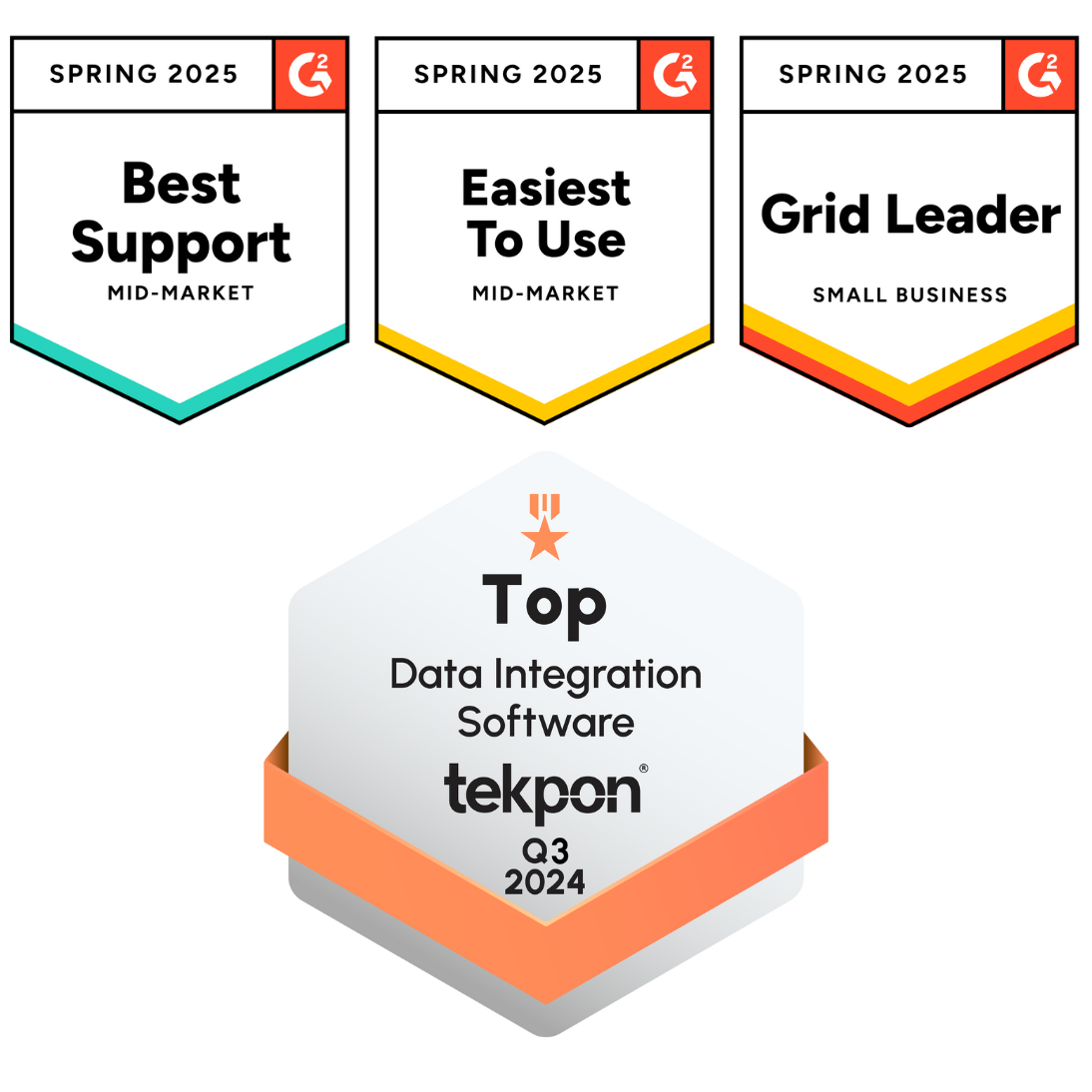Large volumes of data drive every business in the digital economy. For effective processes, they need to be synced across major systems like the ERP regularly.
Different use cases and business processes require different data synchronization solutions: with the option to sync data in batches or in real time. Each method has advantages, disadvantages, and best-fit use cases: which we cover in this blog.
Real-Time vs Batch Data Sync at a Glance
| Feature | Batch Data Sync | Real-Time Data Sync |
| Data Timeliness | Scheduled at regular intervals over a period of time (delayed) | Instant or near-instant updates (live/continuous) |
| Resource Intensity | Lower; can be scheduled for resource optimization during off-peak | Higher (systems must always be available) |
| Implementation Complexity | Simpler, leverages legacy systems, mature tech, Batch-based data processing, ETL tools | More complex (event handling, consensus, fault tolerance, error management) |
| Cost | Cost-effective solution for large amounts of data or high volumes of data | Higher; requires 24/7 resources for immediate access |
| Data Volume | Ideal for batches of data, batch ETL, and vast volumes of data | Best fit for data streaming and real-time analytics |
| Ideal Use Cases | Payroll, end-of-day reports, historical analysis, migrations | Inventory, order status, fraud monitoring, customer needs |
| Error Handling | Retry logic at next scheduled run; it’s easier to audit | Instant error processing, must not block data pipelines |
What Is Batch Data Synchronization
Batch data synchronization, or batch processing, gathers and moves data in large groups over specific periods of time.
Organizations can queue transactions, changes, or database records during the day. Then, they synchronize everything in bulk overnight. This approach is common when immediacy isn’t as important. Here, operational efficiency, throughput, and cost control matter more than “real-time” insight. Tools like DCKAP Integrator help you schedule and track these syncs easily.
Advantages of Batch Data Sync
- High throughput: Quickly handles large raw data volumes. This makes it perfect for reporting, big data analytics, and reconciliation. Systems can manage millions of records easily.
- Resource efficiency: Batch jobs are often scheduled during off-peak hours. This spreads the processing workload when user demand is low.
- Simplicity and Reliability: Batch sync is easy to set up, test, and manage with mature tools like ETL frameworks and scripting. Operations teams can check each job run for accuracy because jobs are repeatable and well-audited.
- Cost Controls: Removing constant system access and updates lowers cloud and labor costs. This is cheaper than keeping resources available all the time.
Disadvantages of Batch Data Sync
- Data Latency: The biggest drawback is the inherent delay. Information in downstream systems is often old—sometimes by minutes, but more often by hours or even days. Decisions or alerts triggered post-batch can lag behind actual events. You can use tools to help in this.
- Outdated Decisions: Using batch processes for real-time business decisions can lead to adverse results. This is especially true for urgent tasks like inventory management or customer service.
- Potential Bottlenecks:Running undesigned huge batch processes can overburden the network or compute.
Typical Use Cases for Batch Sync
End-of-Day Financial Reporting:
Many organizations use batch processing to balance financial transactions at night. This ensures accuracy during peak business hours without overloading the system.
Payroll Processing:
Payroll systems usually handle employee data on a set schedule, like weekly or biweekly. This makes batch processing a fantastic option.
Bulk Data Migration:
When transferring data between systems, batch processing is commonly used. It allows large volumes of information to move in a controlled and predictable way.
Also see: ERP Integration With Other Systems: All You Should Know
What Is Real-Time Data Synchronization
Real-time or near-real-time sync processes move data right after it’s generated, changed, or received. Rather than waiting for a scheduled “run,” these solutions send each record promptly. They deliver updates shortly after the event occurs, such as making an urgent phone call for every important piece of news.
It relies on webhooks, APIs, or streaming platforms. This setup ensures a constant and immediate flow of information. Systems attentively monitor for changes and respond promptly, cutting business latency to nearly zero.
DCKAP Integrator helps businesses with instant data pipelines. Its real-time sync keeps inventory, order statuses, and anomaly detection updated live.
Advantages of Real-Time Data Sync
- Immediate Availability: Wherever needed, data is updated from different data sources. This helps business leaders, applications, and users make quick decisions.
- Enhanced Customer Experience: Real-time data sync boosts the customer experience by enabling features like, real-time inventory updates, order tracking, and personalized recommendations. These tools engage and inform customers. Customers want fast and precise responses from real-time data.
- Operational Efficiency: The system removes unnecessary work in batch jobs. No processing data waits in queues or risks loss during bulk transfers.
Disadvantages of Real-Time Data Sync
- High Resource Consumption: Real-time data synchronization needs constant monitoring and processing. This approach uses more system resources, like CPU, memory, and network bandwidth, compared to batch processes. These factors can lead to increased infrastructure costs.
- Implementation Complexity: Real-time data sync systems are harder to develop, implement, and manage than batch operations. Maintaining consistency, resolving faults, and maximizing performance require considerable technical skills.
- Higher Costs: Uptime needs, strong servers, and active network connections usually raise infrastructure costs. This can also affect license costs, especially when compared to periodic, batch-only processing.
- Error Handling Challenges: Live data flows need to be strong enough to manage network issues and failed transactions. This way, they won’t disrupt business operations. Some tools offer strong error monitoring. DCKAP Integrator, being one of these, helps teams quickly find and fix issues, so data flows continue smoothly.
Typical Use Cases for Real-Time Sync
eCommerce Inventory Updates
Real-time sync keeps ecommerce platforms updated on product availability. This helps avoid overselling or underselling.
Fraud Detection
In financial services, real-time transaction monitoring uses change data capture, which helps spot fraud immediately. This lets businesses respond quickly.
Order Status Notifications
Syncing ecommerce platforms, CRMs, and customer service systems in real time ensures customers know their order status. This leads to greater satisfaction.
Syncing CRM and Marketing Automation Platforms
Syncing customer data in real time between CRMs and marketing platforms helps you run targeted and timely marketing campaigns.
Real Time or Batch Data Sync? Get Both With DCKAP Integrator
Batch and real-time synchronization have their uses, but many businesses need the flexibility to use both methods. This is where DCKAP Integrator shines. It offers a strong, flexible platform for both batch and real-time data sync.
Intuitive Scheduler for Batch Jobs
Users can easily set up, manage, and automate batch data syncs for various business needs. DCKAP Integrator’s dashboard helps teams manage data easily. You can queue and launch nightly sales reports, weekly payroll, or scheduled historical exports. It ensures reliable, high-throughput data transfers. The platform’s robust error monitoring and user-friendly audit trails further enhance efficiency gains.
Real-Time Triggers and API-Driven Workflows
Integrate your systems with event-based data flows powered by APIs and webhooks. When you place orders, update products, or change customer records, DCKAP Integrator quickly moves the data where it’s needed.
Hybrid Synchronization — For Any App, With One Solution
DCKAP Integrator’s unique value lies in combining real-time and batch syncs in one unified platform. For example:
- Run real-time syncs for vital data, like order and inventory updates. This provides instant visibility and ensures accurate storefront experiences.
- Schedule end-of-day or weekly batch syncs for tasks that aren’t urgent, like ledger consolidation and deep analytics.
Scalable and Future-Proof
DCKAP Integrator grows with your business. It easily handles everything from a few scheduled flows to thousands of real-time events each day. Investing in a flexible platform means companies won’t have to give up speed, efficiency, or cost-effectiveness when things change.
DCKAP Integrator combines real-time and batch methods in one well-designed environment. This makes it a top choice for complex digital ecosystems, ready for the future.
Conclusion
Batch processing is a fantastic way to quickly handle a lot of data. It’s excellent for archiving, migrating data, and making financial reports. Real-time synchronization lets you access your data right away. This is vital for companies that must make quick and informed decisions using accurate information.
However, businesses don’t have to choose one or the other. DCKAP Integrator provides a flexible, hybrid solution. If you’re wondering about how to approach your integration strategy, schedule a chat with our team today.
FAQs
What is the difference between batch and real-time integration?
Data is synced regularly by batch integration. Real-time integration instantaneously sends data. Latency differs the most. Real-time changes happen instantly, although batch updates take hours. Instant sync helps organizations make data-driven decisions quickly.
What is the difference between ETL and batch?
ETL (Extract, Transform, Load) is a process for integrating data. It usually runs in batches, but modern tools can also handle real-time processing. Not all batch processes use ETL. However, traditional ETL usually works in batches. It manages complex data transformations for scheduled loading later.
What are the disadvantages of real-time data processing?
Real-time processing requires smart infrastructure and robust software architecture. The system offers low latency, reliability, and data consistency. Setting up and scaling is costly and challenging. It also needs effective error handling and monitoring to avoid disruptions.
What is the main advantage of real-time data processing?
It provides the latest information to immediately respond to events, threats, and opportunities. Risk is reduced, and operational and customer engagement flexibility is increased.





